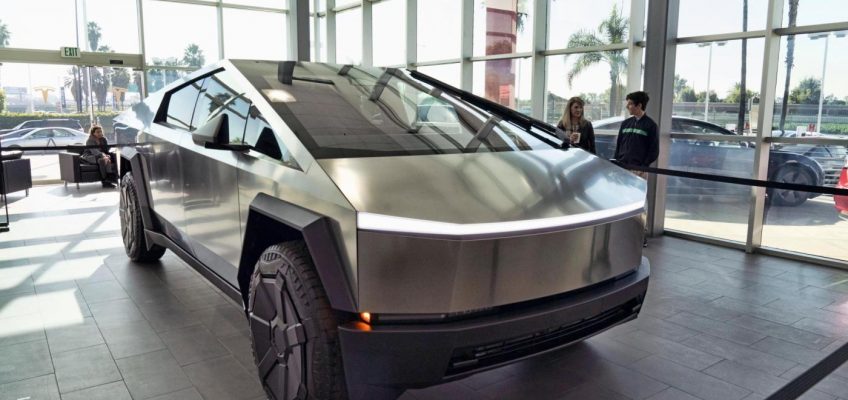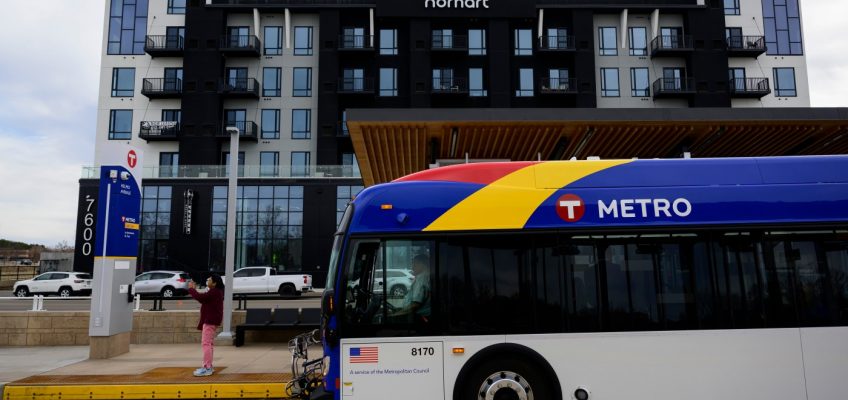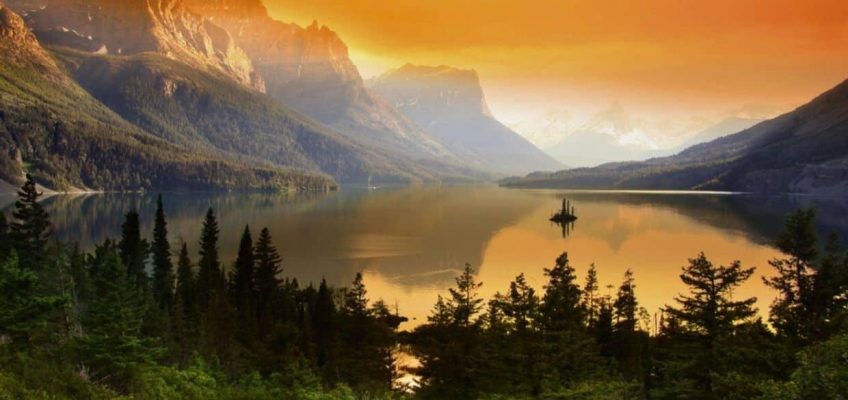The Gold Line from downtown St. Paul to Woodbury recently rolled into place, launching a new phase for Metro Transit’s growing Bus Rapid Transit network.
What comes next?
A survey that closes Friday asks riders to help the transit authority pick the future J, K and L lines from among 17 potential Arterial Bus Rapid Transit corridors that may someday crisscross the metro. The three corridors, all of them future upgrades to existing high-ridership bus routes, will be chosen by next winter for construction and implementation between 2030 and 2035.
That would bring the overall bus rapid transit network to a total of at least 15 BRT lines, including the planned 2027 expansion of the Gold Line from downtown St. Paul to downtown Minneapolis. While a number of routes service the two downtowns, the goal is to enhance crosstown corridors, allowing passengers to get across the cities efficiently, without necessarily heading downtown first.
“We are at the beginning of this work and will continue over the course of this year,” said Kyle O’Donnell-Burrows, Metro Transit’s planning manager for Arterial BRT.
In addition, Metro Transit is studying a potential 16th corridor — the possibility of adding a BRT route along West Seventh Street in St. Paul, along the general path of what was once dubbed the Riverview Corridor. The new bus routes are in addition to future extensions of the Blue Line and Green Line light rail, micro-transit “last mile” feeder bus projects around key stops, and the likely closure of the Northstar Commuter Rail.
Less-frequent stops
BRT is not without its critics. Some passengers have complained of losing local bus routes to new BRT corridors that make less-frequent stops.
That’s a concern “we take very seriously as we do corridor planning and identify where to locate stations,” O’Donnell-Burrows said. “We really try to minimize that impact, while also adding the speed and reliability benefit.”
Meanwhile, time gains vary, given that Metro Transit has largely focused on “arterial” BRT, or buses that operate in mixed traffic as opposed to their own dedicated bus lanes. In essence, most of the Metro Transit projects under consideration are not BRT in its purest form.
The exceptions are the color-coded Orange, Red and Gold Lines, which use dedicated infrastructure to varying degrees.
Still, ABRT is a lot cheaper and faster to roll out than BRT. The G Line, which will connect Little Canada to downtown St. Paul and West St. Paul along Rice and Robert streets, is moving through project planning with an estimated capital cost of $75 million to $80 million. By contrast, the new Gold Line, which maintains its own park-and-ride stations and accesses an exclusive guideway and bridge over Interstate 94, totaled $505.3 million in capital costs.
Most future BRT projects will be “definitely a smaller scope than those larger, dedicated guideway projects,” O’Donnell-Burrows said.
Ridership
Public transit ridership plummeted nationally during the pandemic and has never fully recovered, but transit organizers note that bus rapid transit projects have regained ridership fastest, in some cases heavily eclipsing the slower local routes they’ve replaced.
In fact, Metro Transit’s BRT ridership more than doubled from 2022 to 2024, thanks in large part to 3.8 million rides on the new D Line between Brooklyn Center and Bloomington. To see how ridership has performed over time on particular routes, visit metrotransit.org/performance.
Those ridership gains are based in part on benefits and amenities like more frequent departures, cloth seats, traffic signal priority, off-board fare payments, all-door boarding and modern stations with lights, on-demand heat, emergency telephones, security cameras and NexTrip digital signs showing arrival times in real-time.
To access Metro Transit’s BRT survey and see a map of 17 potential corridors, visit metrotransit.org/arterial-brt-plan.
Here’s a quick look at how the BRT network has shaped up to date, and what could be on the horizon:
2030-2035
Metro Transit staff have identified 17 potential BRT corridors and will whittle the list down to three by late 2025 or early 2026.
Construction on all three is expected to move forward between 2030 and 2035. A public survey on the potential routes closes Friday. Staff will screen options this summer using ridership and cost estimates, as well as considerations such as the mobility needs of the population served. About 8-10 potential corridors will be ranked for a more technical evaluation, and three — the future J, K and L lines — will be recommended to the full Metropolitan Council sometime next winter.
Among the corridors under consideration:
• 38th Street/Excelsior, 46th Street, 63rd Avenue/Zane, 66th Street, Bloomington/Lyndale, Broadway, Century, County Road C, Dale/George, Franklin/Grand/3rd Street, Johnson/Lyndale, Hennepin/Larpenteur, Lowry, Nicollet, North Snelling/Lexington, Payne/Westminster, Randolph/East 7th Street.
In service
• Red Line: Travels Cedar Avenue between Apple Valley and the Mall of America in Bloomington. Launched in 2013.
• A Line: Travels Snelling Avenue and Ford Parkway with stops in Minneapolis, St. Paul and Roseville. Launched in 2016.
• C Line: Mainly runs along Penn Avenue, between downtown Minneapolis and Brooklyn Center. Launched in 2019.
• Orange Line: Runs on Interstate 35W between downtown Minneapolis and Burnsville. Launched in 2021.
• D Line: Travels along Emerson, Fremont and Chicago avenues between Brooklyn Center and Bloomington. Launched in 2022.
• Gold Line: Generally travels within a dedicated lane parallel to Interstate 94, serving downtown St. Paul, Maplewood, Landfall, Oakdale and Woodbury. Launched in March. The Gold Line will be extended from downtown St. Paul to downtown Minneapolis in 2027.
Under construction
• B Line: Will travel along Lake Street in Uptown, Minneapolis, as well as Marshall and Selby avenues in St. Paul to the downtown Union Depot. Currently served by Route 21. Opens June 14.
• E Line: Will mostly travel along France, Hennepin and University avenues from the Southdale Transit Center in Edina to Westgate Station in St. Paul. Currently served by Route 6. Opens Dec. 6.
In development
• F Line: Will travel Central and University avenues from downtown Minneapolis to the Northtown Mall in Blaine, the corridor currently served by Route 10. In project engineering.
• G Line: Will travel Rice and Robert streets from Little Canada to downtown St. Paul and West St. Paul, the corridor currently served by Route 62 and Route 68. In project planning.
• H Line: Will travel Como and Maryland avenues from downtown Minneapolis to the SunRay Transit Center, the corridor currently served by Route 3. In project planning.
• Purple Line: The line was once envisioned to connect St. Paul, Maplewood, Vadnais Heights, Gem Lake, White Bear Township and White Bear Lake, though opposition in White Bear Lake and Maplewood has forced project planners to consider a redesign.
Could the Gold Line spur economic development? Some say it already has.
St. Paul-to-Woodbury Gold Line is ready to roll on dedicated lanes. Here are things to know.
St. Paul: Pedestrian fatally struck by Green Line train
St. Paul Neighborhood Safety director sues Met Council over discipline at previous Metro Transit police job
Metro Transit police arrest suspect in January shooting of 2 at downtown St. Paul bus stop




